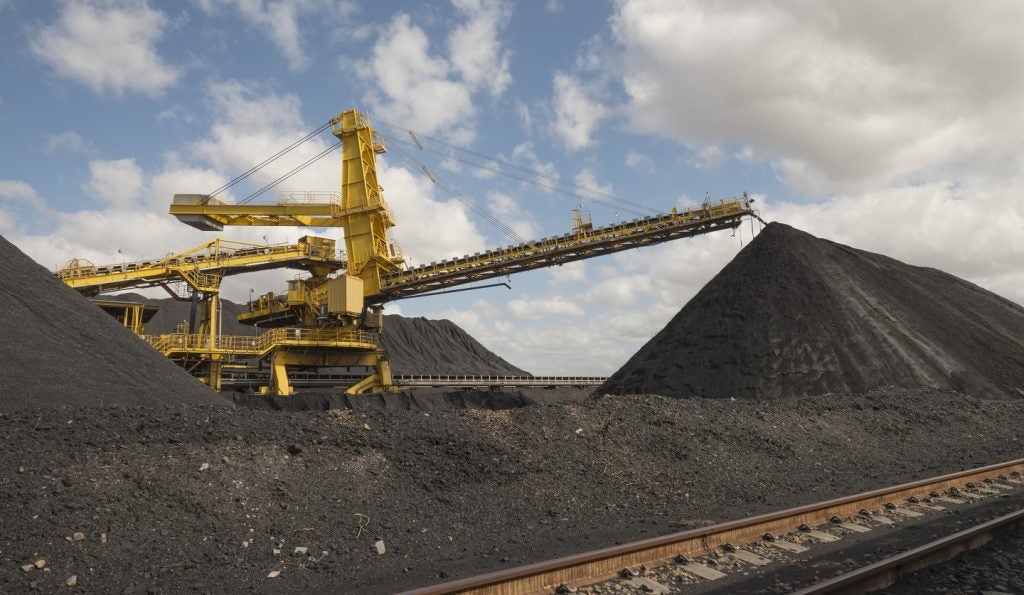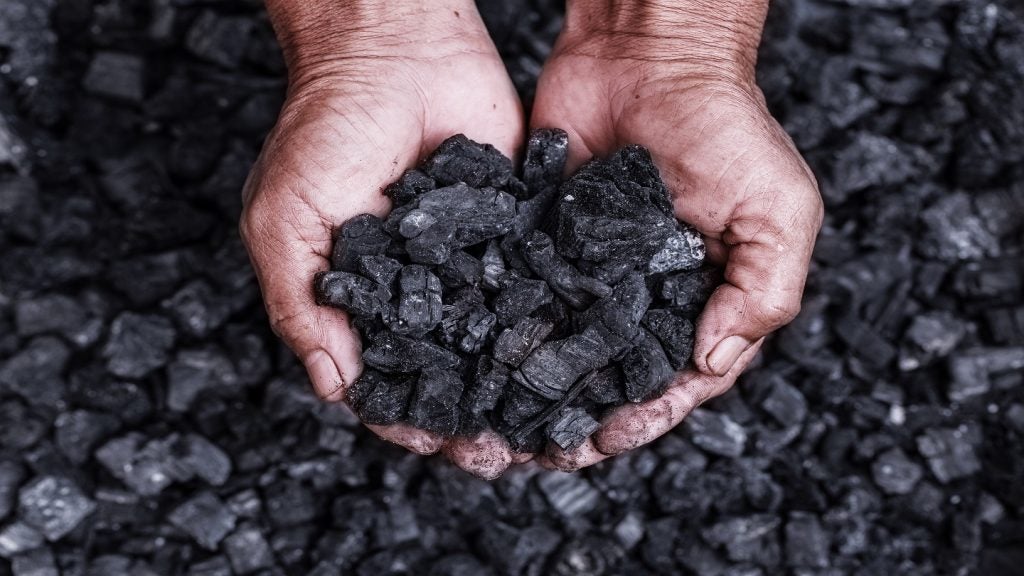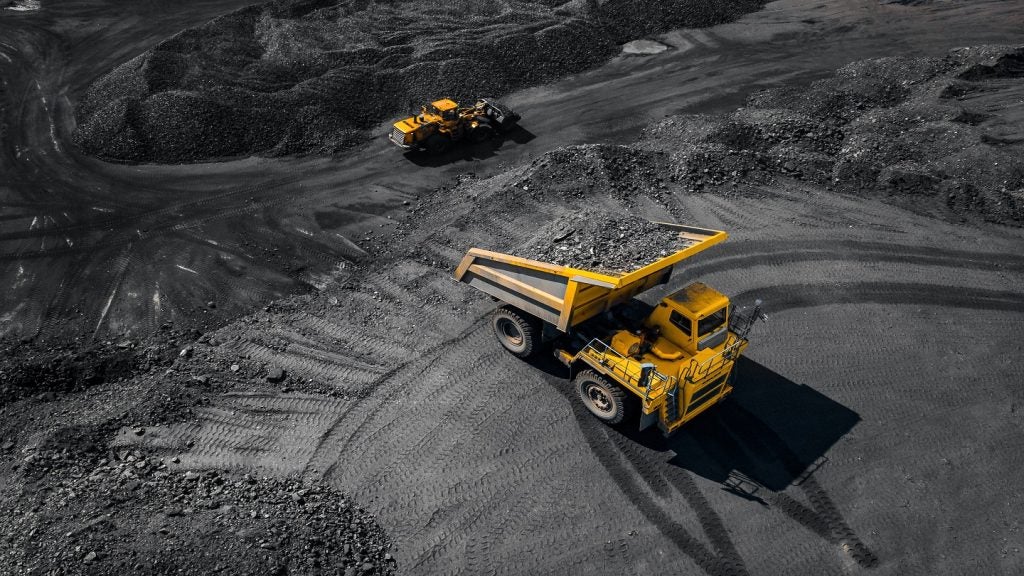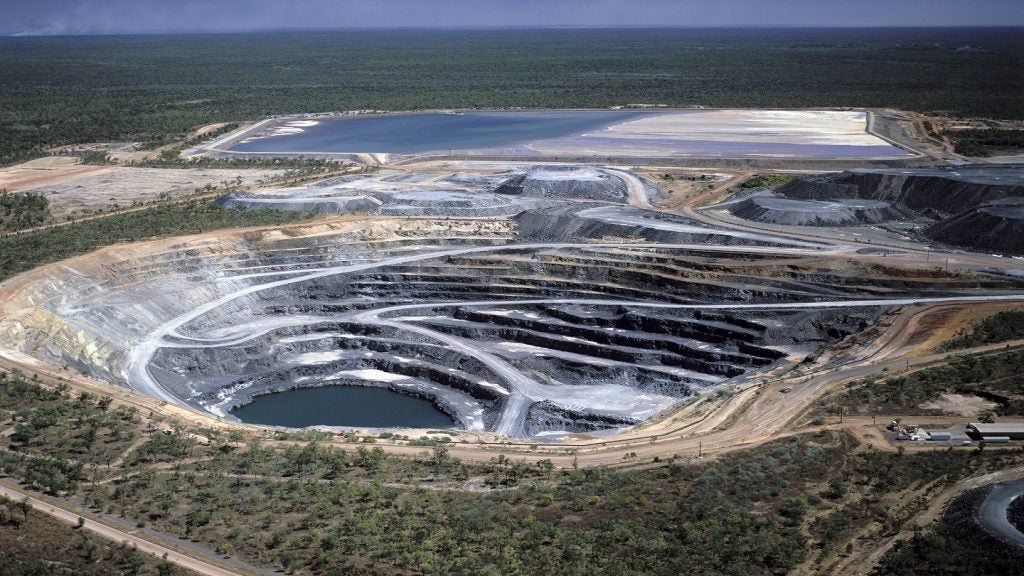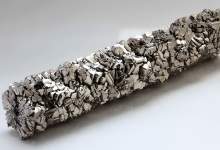

With fresh investment from Iluka, Cambridge University spin-off Metalysis is readying itself to shake up the titanium market. Having developed an alternative to the Cold War-era Kroll process that it claims cuts both cost and waste the firm is taking aim at existing producers of the metal while also aiming to broaden its appeal out from aerospace to include automotive and other manufacturing sectors.
Kartik Rao, business development director at Metalisys, explains all about what the deal will mean for the two companies, what opportunities the rise of 3D printing will create and why they believe they can open up the entire periodic table to industry.
Adam Leach: What prompted the company to focus its efforts on titanium over other elements?
Kartik Rao: Titanium has been something of a golden prize to us for some time. It was one of the areas where people recognised that the technology has one of the biggest potentials. If you look at all the metals across the periodic table, titanium is heavily underutilised when compared with the amount that is extracted by mining. It compares very poorly with steel and aluminium, even though roughly six to seven million tonnes of titanium oxide feedstocks are mined every year.
The main reason for this is the cost of converting it to metal. Traditionally that was done by the Kroll process, which was pioneered during the early days of the Cold War when people needed titanium for high flying spy planes no matter what the cost. For that reason, titanium has remained a material for the aerospace industry rather than appealing to the mass market. Our technology is capable of producing a range of materials across the periodic table at a lower cost and what we have demonstrated is that we can produce a high purity titanium metal using titanium dioxide (TiO2) pigments, which normally go into paints and plastics and food colourings.
AL: What scale of cost advantage does the process provide?
London investment bank SP Angel is shifting focus away from deposit size.
How well do you really know your competitors?
Access the most comprehensive Company Profiles on the market, powered by GlobalData. Save hours of research. Gain competitive edge.

Thank you!
Your download email will arrive shortly
Not ready to buy yet? Download a free sample
We are confident about the unique quality of our Company Profiles. However, we want you to make the most beneficial decision for your business, so we offer a free sample that you can download by submitting the below form
By GlobalDataKR: The cost is roughly $3,000 per kilogram for TiO2 and we could alloy this material and produce titanium powder directly but we realised a couple of years ago that if we introduce rutile sands into our reactor instead of TiO2 we can produce titanium powder as well. Rutile sands sell for roughly $10,000 whereas titanium dioxide pigment sells for roughly $3,000 a tonne so we thought we’d try and save cost and go up the value chain a little using rutile sands.
AL: What attracted the attention of Iluka?
KR: Up until now there was no direct interface between Iluka’s core business and our interests because they produce rutile sands and they perceived that we had to go through a chlorination process before we could use a feedstock. Then our technical breakthrough meant we had a direct interface between Iluka and Metalysis.
AL: What does the deal mean for Metalysis?
KR: For us it’s a very important deal and opens up lots of new possibilities. We don’t just view this as a financial investment. This is an important partnership for us. Iluka are going to be capable of providing us with technical support which we need to develop a low-cost titanium alloy so they can play tricks with their feedstocks in such a way that that it would help us make a designer alloy.They also have extensive experience in process engineering and managing large scale projects, which is clearly something that is beyond the scope of a purely financial investor.
It’s important for us in lots of ways and when we look ahead what Iluka have brought is basically a licence for titanium production. Being a small company, we don’t have the distribution and marketing networks that they have or the presence in the titanium market.
AL: How will you work together in the partnership?
KR: That is going to evolve over the next few years but at the moment, with their equity stake; they have purchased one seat on the board and one observer seat. That approach of starting from a high level of understanding our strategies and current investors will help us greatly. Whether that involves certain members of their staff being embedded with us is up to the board to decide.
AL: Have you received interest for other firms?
KR: There are a lot of companies interested in what we’re doing in both the metal extraction side but also the alloy development side because we have certain benefits in how we can produce alloys. People are keen on developing low-cost alloys that could potentially displace steel or nickel based alloys. What we’re realising is that we’re attractive to people upstream of us who would like to grow the market of their products such as Iluka, who would like to see an increase in the utilisation of mineral sands and an expansion of the titanium market would do that.
But we’re also seeing a pull from downstream of us who are making automotive parts and realising there’s a gradual trend towards light-weighting these components. Most parts in the automotive industry are made from steel, either mild steel or stainless steel. Mild steel is being gradually displaced by aluminium but stainless steel, which requires corrosion resistance, needs to be replaced by titanium and having a low-cost titanium powder would be very useful for them, especially one that had the right alloy properties.
AL: What opportunities does the development create for the aerospace industry?
KR: We’ve always seen additive manufacturing as important. There’s been a growing trend over the past ten years of looking towards companies that can produce powder. Within the titanium industry that’s often been seen as a holy grail because right now to produce titanium it needs to be triple melted and converted and then made into a sheet, bar or tube before being turned into a component.
Historically, the aviation industry has seen a buy-to-fly ratio of about 10 to 1 so buying roughly 9kg of titanium to make a 1kg flying part. As a result most of the aerospace companies have in fact become scrap manufacturers. That’s why there has always been such interest in titanium powder and why there was so much interest in us over the past decade. With the powder that buy-to-fly ratio can be reduced to 2 to 1 perhaps. That has a huge cost implication for Iluka.


.gif)

